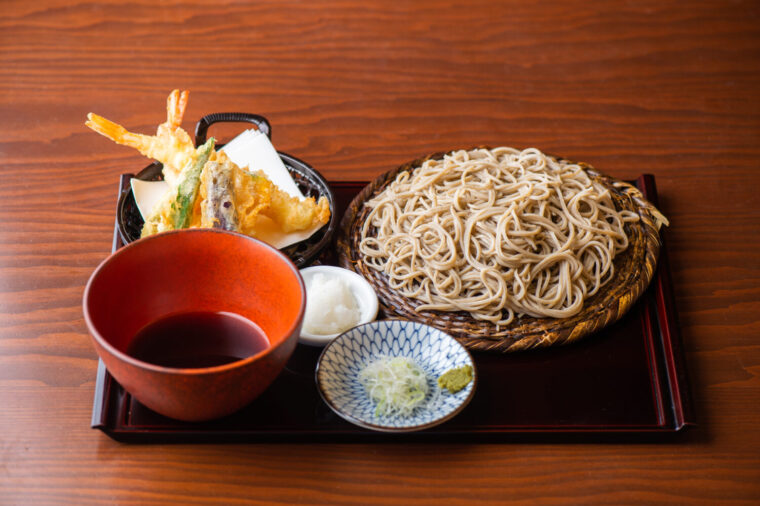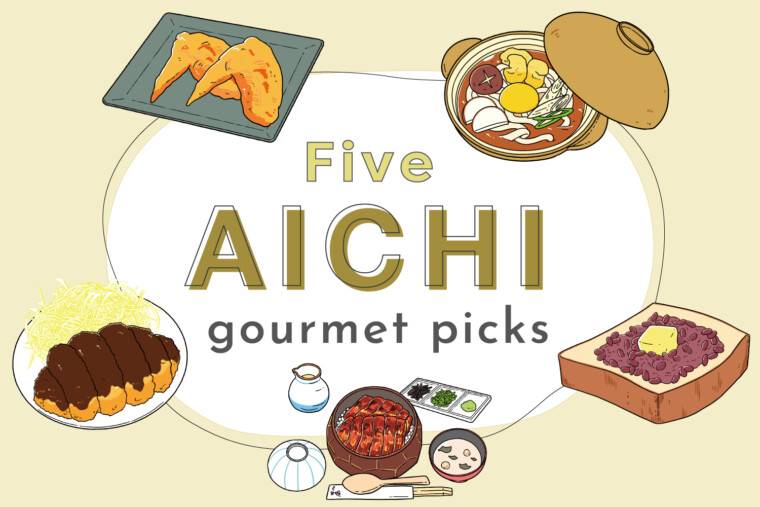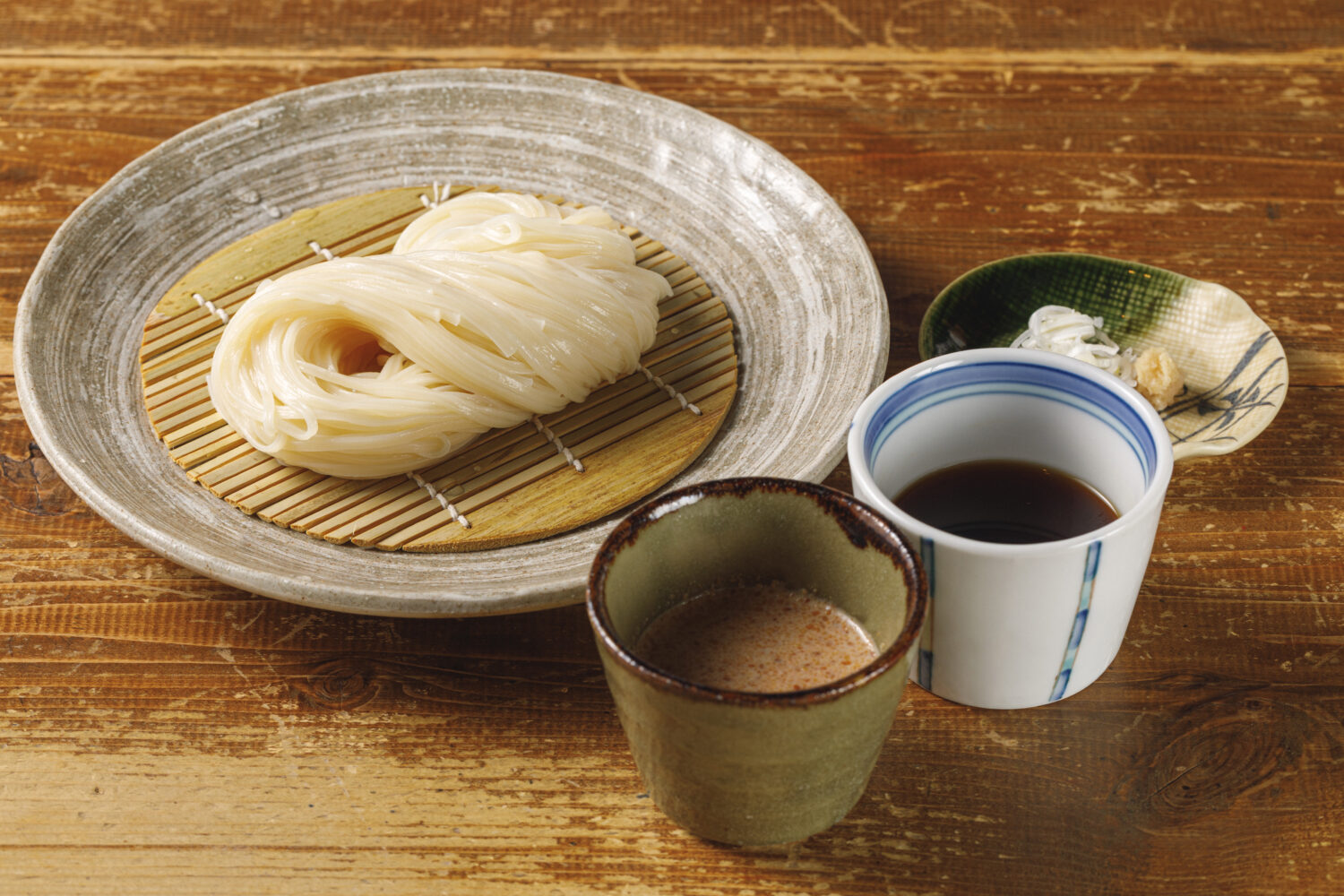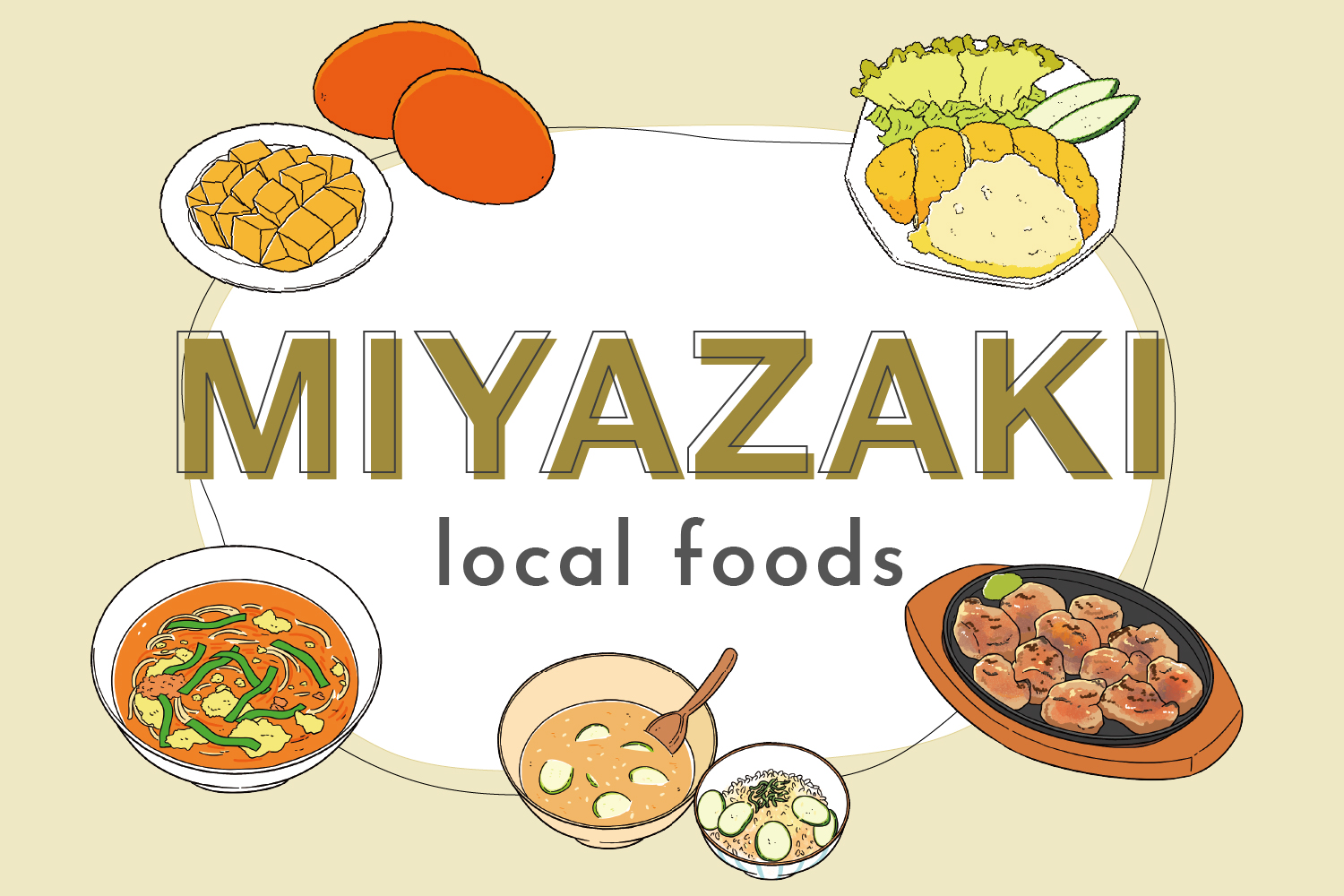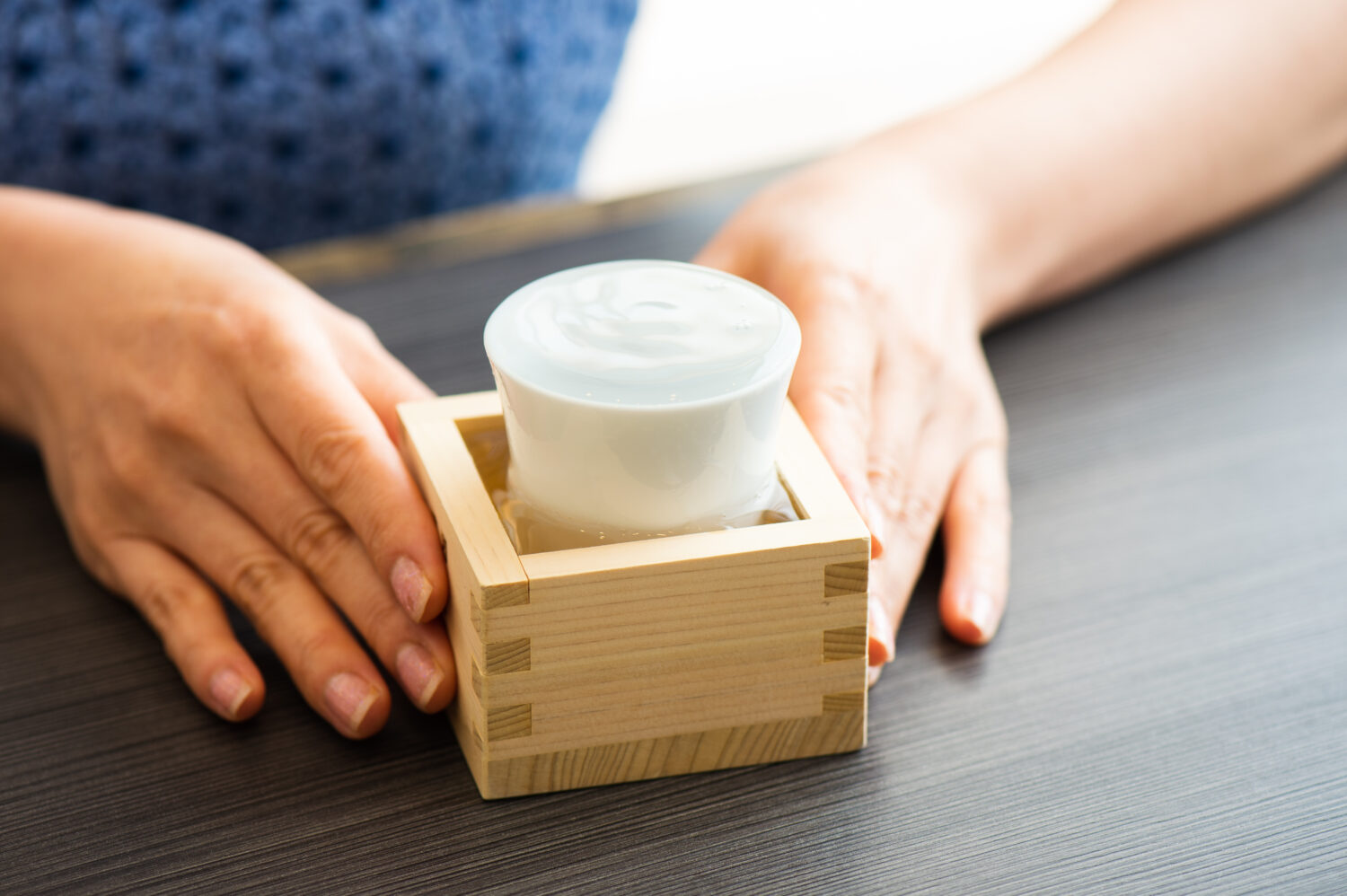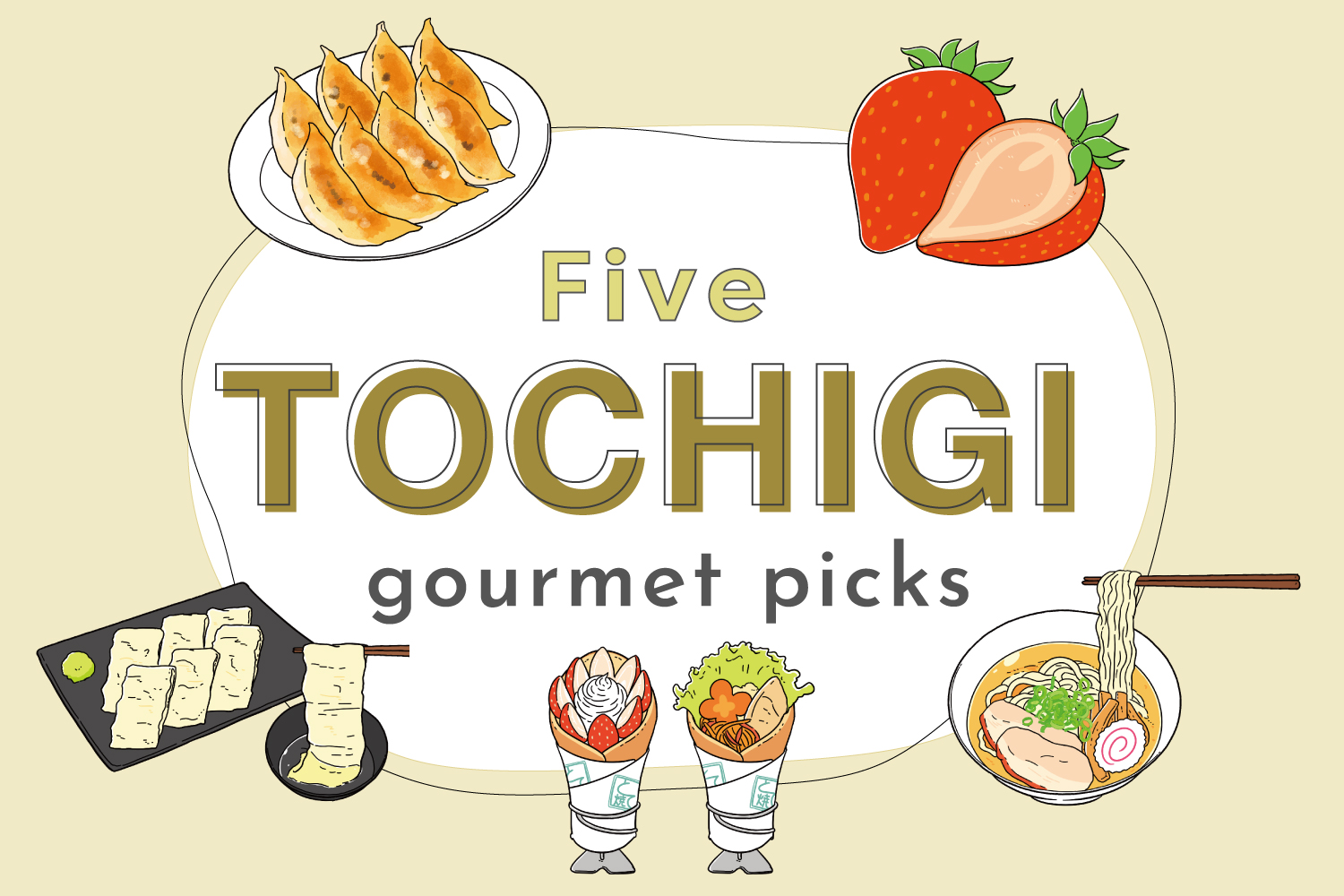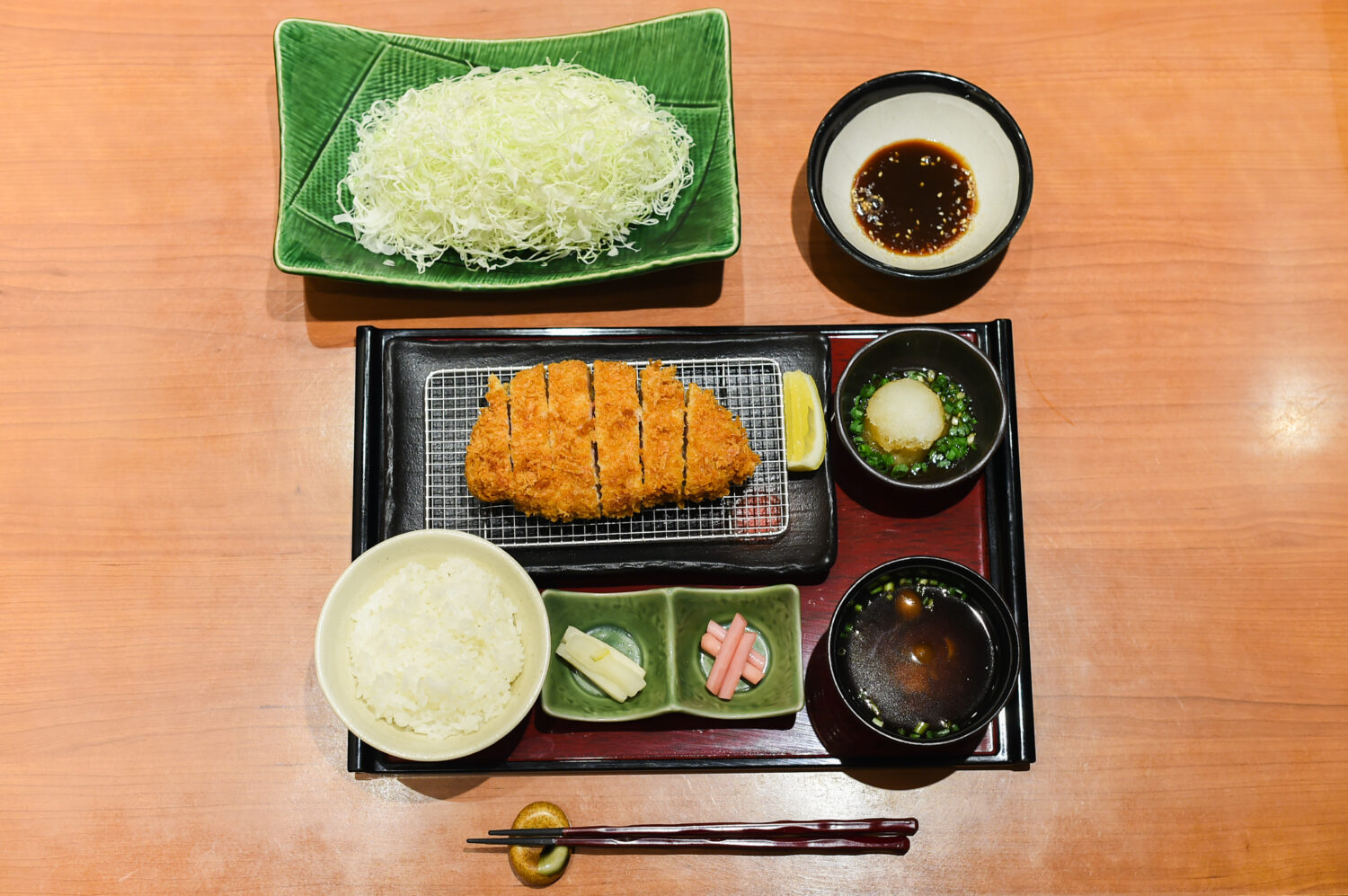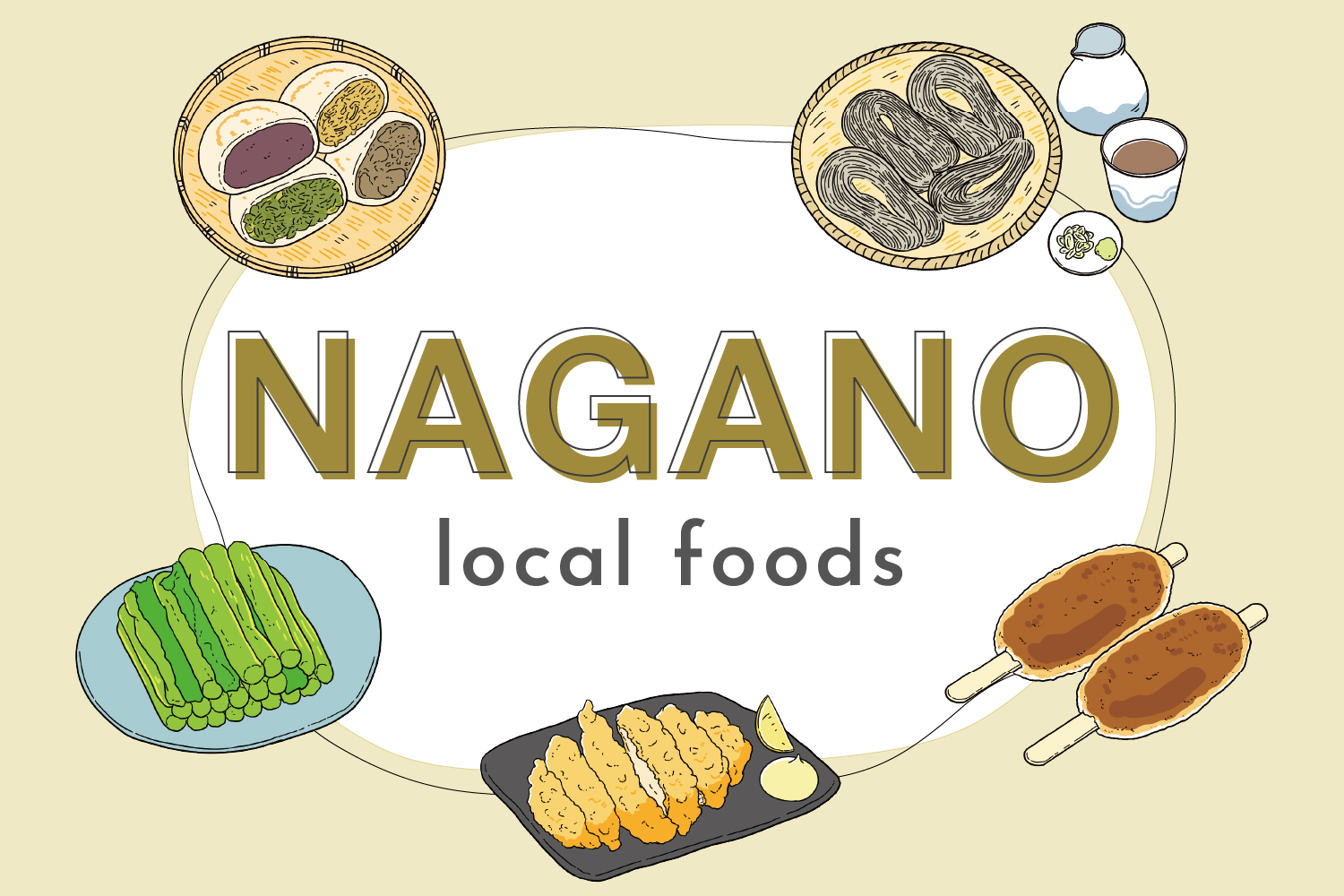
5 Local foods in Nagano | Shinshu Soba, Nozawana, Oyaki, Gohei-mochi, and Sanzokuyaki
Nagano is surrounded by mountains near the center of Honshu Island. Its home to the Japanese Alps, with many popular mountain resorts. Nagano grows many fruits, such as apples and grapes. We will introduce some of the local foods that have been loved by the inhabitants of Nagano prefecture.
Table of Contents
Colors are whiter than common ”Shinshu soba”
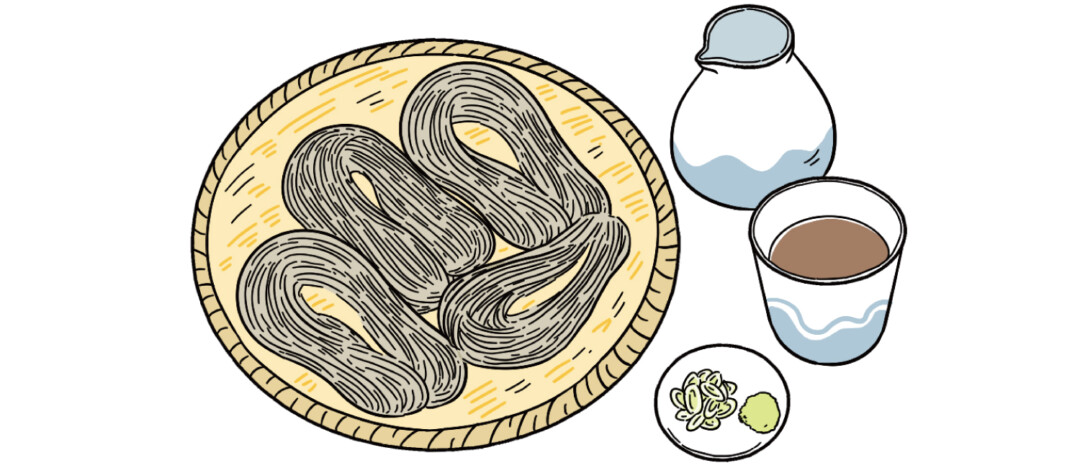
Soba has been grown in areas of Nagano for a long time. Generally known as “Shinshu soba” and “Togakushi Soba”, its one of the three major types of soba in Japan. Shinshu soba can be easy to spot as its whiter than most other sobas due to it being make with a white flour called “ichibanko”. Another secret to its delicious taste is that it uses the high-quality water flowing in Nagano. When you first eat soba, try without dipping it in tsuyu(sauce), to enjoy the savory flavor and texture.
Popular Souvenirs of Nagano “Oyaki”
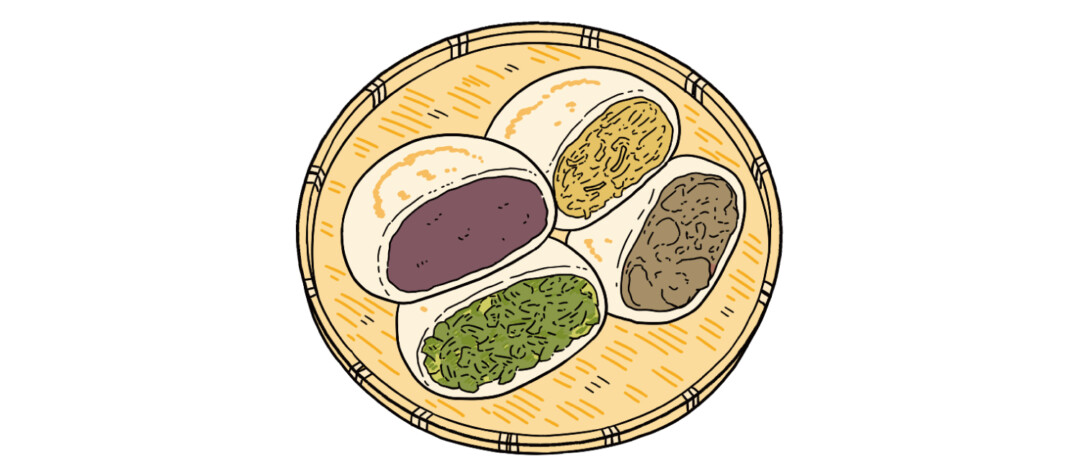
Oyaki was originally a substitute for the areas of Nagano that could not harvest rice well.
Traces of kneading and baking cereal flour have been found in the remains of the Jomon in Ogawa village. In some areas known as yakimochi, Oyaki is make with seasonal vegetables, nozawana, azuki beans, and pumpkin, all wrapped in a flour or buckwheat dough, then baked or steamed. Oyaki is a popular souvenir and often eaten as a snack.
Winter is the best time to eat “Nozawana”
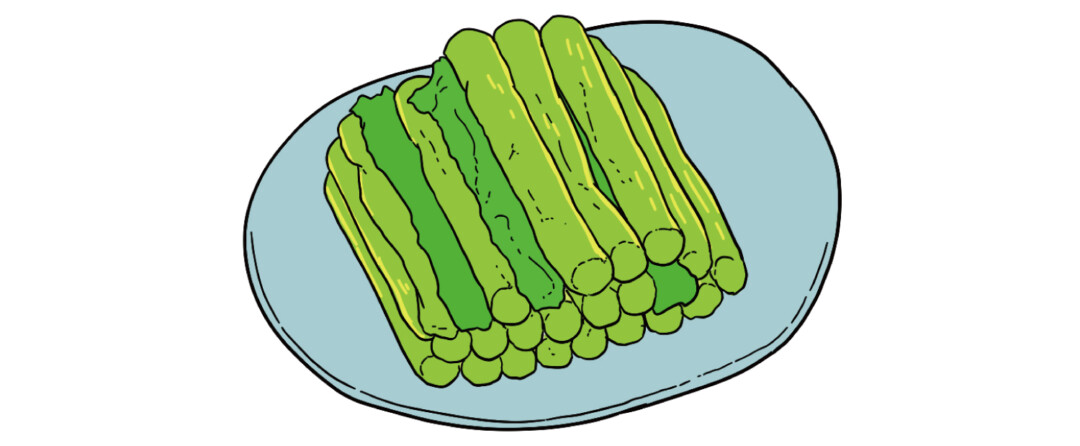
Around 250 years ago, a priest of Kenmeiji Temple in Nozawa onsen village brought back seeds of the Tennoji turnip of Kyoto, and began to grown them in his own field. The village, which is nearly 600 meters above sea level, had the turnips turn out smaller, and having larger leaves, growing to a size of about 90 cm.
Nozawana becomes sweet and soft when exposed to frost, so harvest season begins in November. It is primarily eaten as pickles.
Festival food in the Edo period “Gohei-mochi”
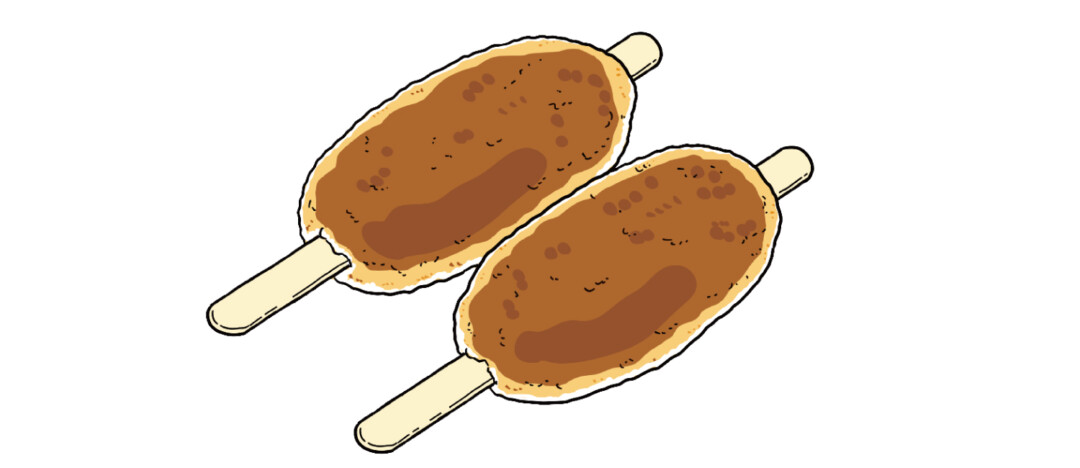
“Gohei-mochi” is made of cooked and crushed uruchi rice, baked on a stick, and coated with a sauce of various ingredients such as miso or soy sauce. In the spring, tree buds are often added, and in the fall, yuzu as well. The shape varies by region, sometimes dumpling shaped, or round. Gohei-mochi has been eaten since the Edo period, and is said to have been an offering to the mountain gods in autumn, by the people working in the mountains. As for the origin of the name, a man named “Gohei-san” created the first.
The crunchy texture is addictive! Sanzokuyaki
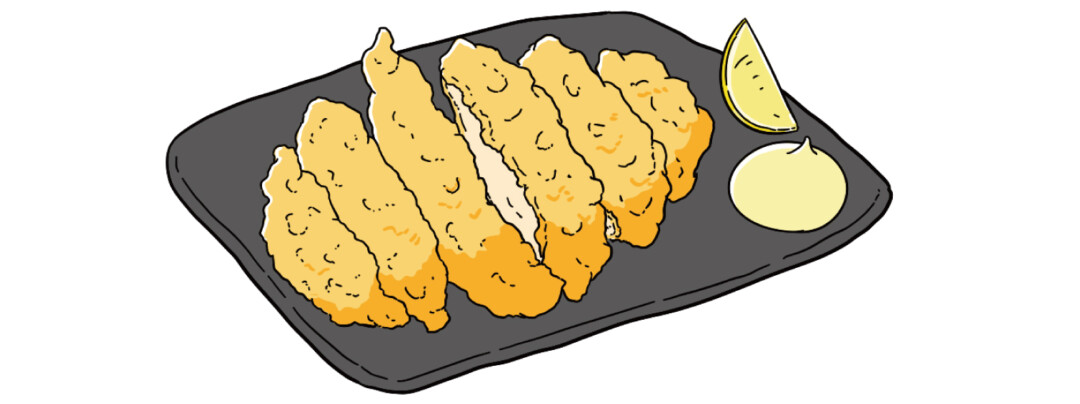
A piece of chicken is marinated in garlic-flavored sauce, coated with potato starch and deep-fried in oil. A local dish to Matsumoto and Shiojiri cities, it has been popular for a long time. “Sanzoku” in the name means “bandit” in Japanese. It is said to be a combination of the workds for “steal” and “fry a chicken” (“toriageru” for both). In the old days, oil was a luxury, so only a small amount of oil was used and the chicken was friend as if it were baked in a pan, hence the name “yaki” instead of fried.
tags:
share:







